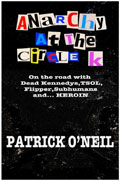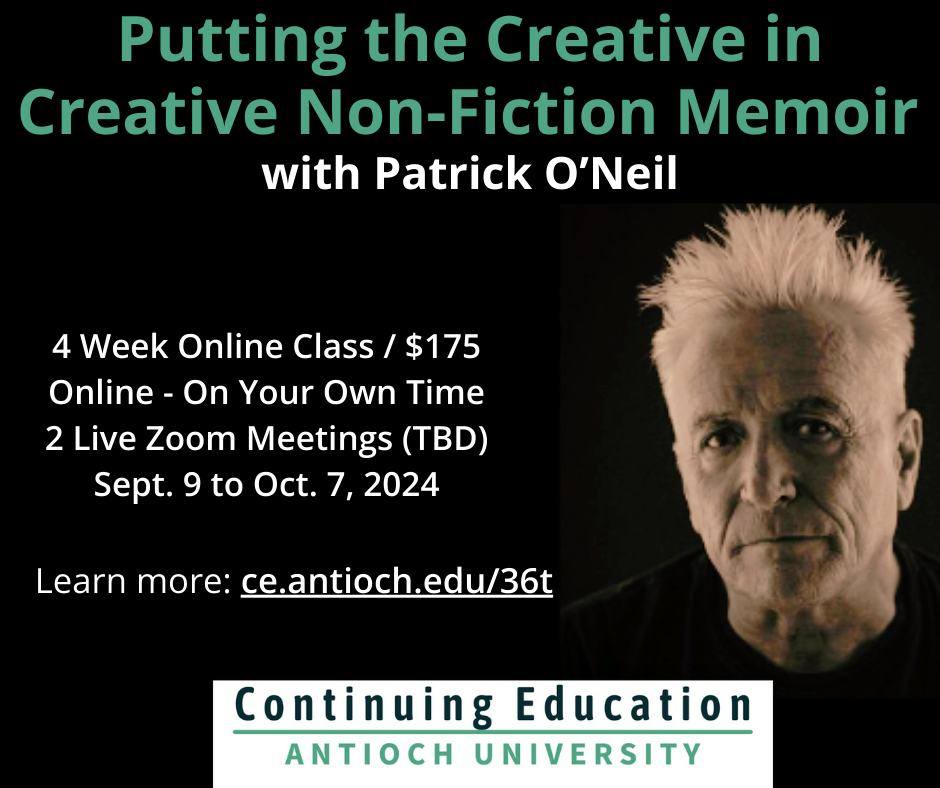This course will focus on the use of literary devices in nonfiction. There will be four lectures, and we will discuss one topic each week. Students will submit a short work of nonfiction/memoir at the beginning of the course. Then over the next four weeks they will revisit their original submissions and revise them using instructor notes and the ideas and materials that have been presented and discussed each week. On the final week students will submit their revised manuscript.
We will explore the use of scenes, dialogue, character arcs, and timelines; as well as discuss the difference between actual memories, and memories clouded by fear, resentments, and the passing of time.
Creative nonfiction merges literary fiction (and possibly poetry), research nonfiction, and journalism. It employs the same literary devices as fiction, such as setting, voice, and character development. This is what makes it different from standard nonfiction writing, and that difference is what this course is about.
Putting The Creative in a Creative Non-Fiction Memoir
4 Week Online Class / $175 / Online – On Your Own Time
2 Live Zoom Meetings (TBD)
September 9 to October 7, 2024

Patrick O’Neil is the author of the memoirs Anarchy At The Circle K (Punk Hostage Press, 2022), Gun, Needle, Spoon (Dzanc Books, 2015), and Hold-Up (13e Note Editions, 2013). He is the co-author of two instructional writing manuals, Writing Your Way to Recovery: How Stories Can Save Our Lives (Independent Press, 2021), with the author James Brown. And in the company of an amazing list of writers, The Sentences That Create Us: Crafting A Writer’s Life in Prison (Haymarket Books, 2022), for PEN America’s Prison and Justice Writing Program. His writing has appeared in numerous publications, including: Juxtapoz, Decibel, Air/Light, and Razorcake. He holds an MFA in Creative Writing (Nonfiction) from Antioch University Los Angeles, and teaches creative writing at various rehabs, correctional facilities, institutions, and colleges.

